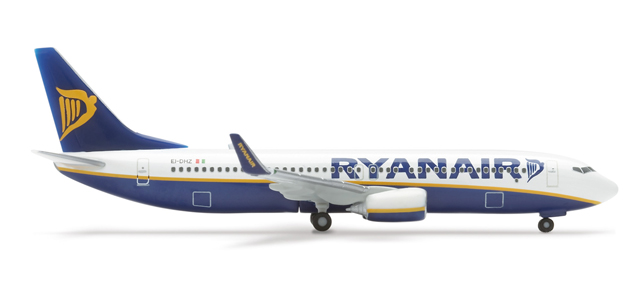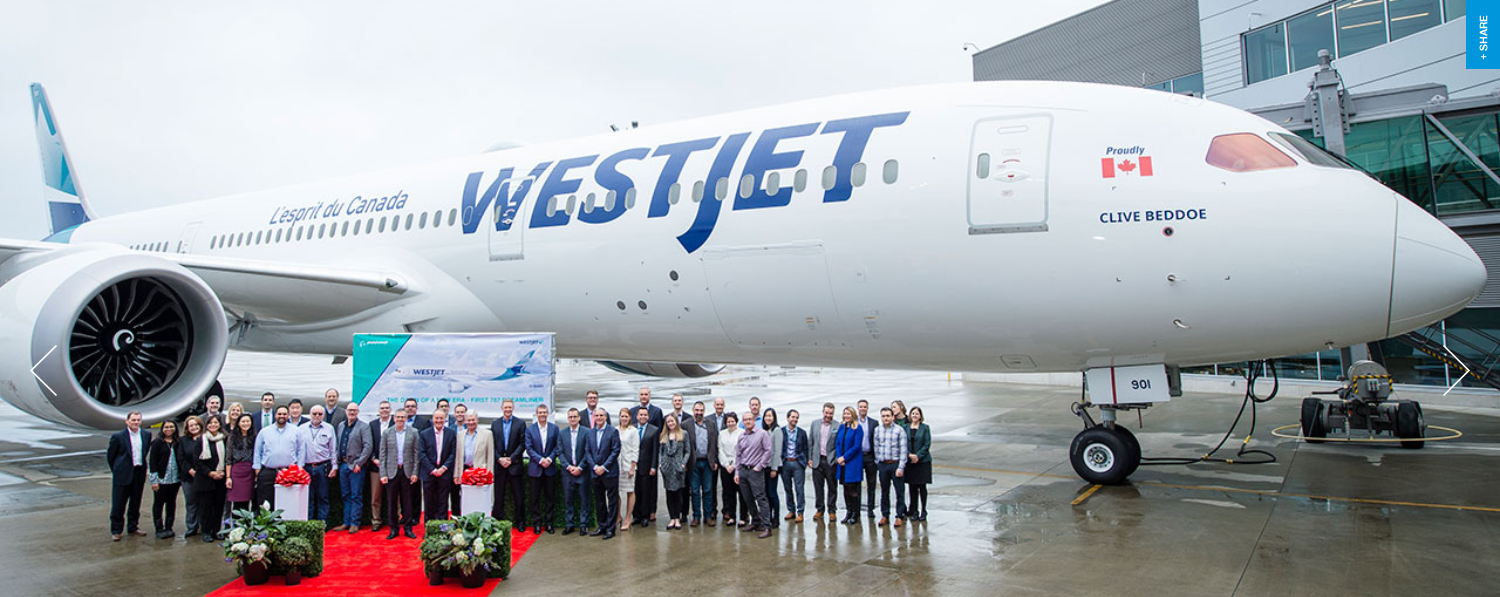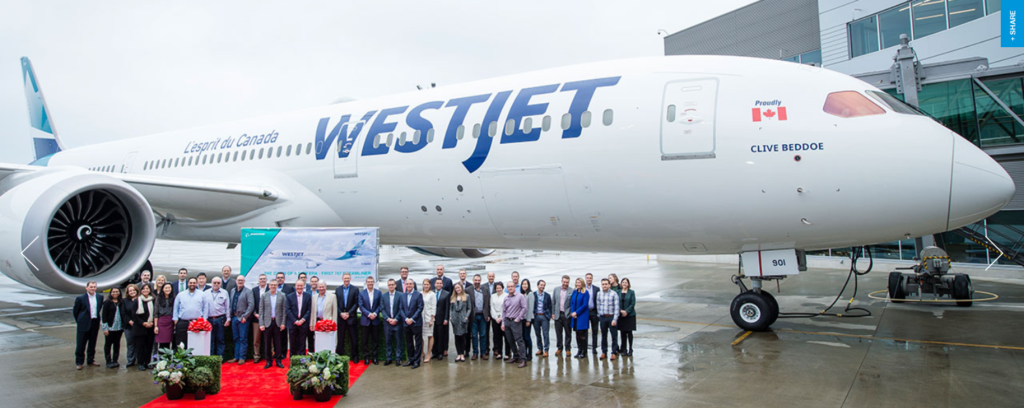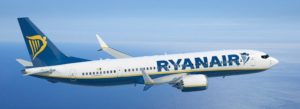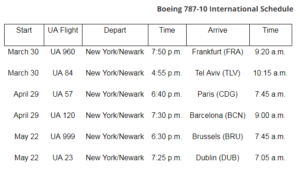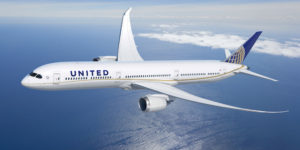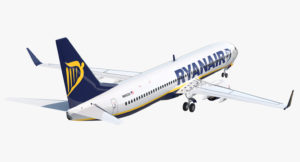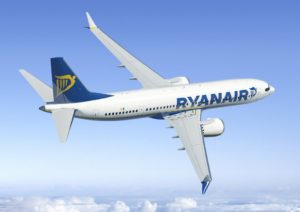Reuters • May 19, 2019
- Profit could fall further in coming year
- Fares likely to fall further this summer
- Says 737 Max delay a factor
- Sees first Max deliveries in October (Adds quotes; details on Max 737 delays)
DUBLIN, May 20 (Reuters) – Ryanair reported its weakest annual profit in four years on Monday and said earnings could fall further as European airlines wage what Chief Executive Michael O’Leary described as “attritional fare wars.”
After initially falling 6%, the shares made up some ground after O’Leary, who helped to develop the no-frills airline model in Europe, argued that lower fares and profitability for a couple of years were a price worth paying to boost market share and hasten consolidation.
O’Leary said the lower fares and profit were cyclical and that four or five European airlines were likely to emerge as the winners in the sector.
“Our strategy would be to keep adding capacity as quickly as we can in all the markets where we can,” said O’Leary, who has been in charge of Ryanair since 1994.
“Will it be painful for a year or two, yes it will. But will it shake out more of the competition, yes it will.”
Ryanair, Europe’s largest low-cost operator, had already signalled a sharp fall in profitability due largely to overcapacity in two warnings last year.
Its 29% fall in after-tax profits to 1.02 billion euros ($1.14 billion) for its financial year to March 31 was in line with investor forecasts.
But its profit forecast for the current financial year to end-March 2020 of between 750 million and 950 million euros, was “considerably worse than expected,” Goodbody analyst Mark Simpson said in a note.
A company poll of analysts published ahead of the release had forecast a figure of 977 million euros.
O’Leary said the forecast was effectively for profits to remain flat as the 2020 figure includes recently acquired and loss-making Laudamotion unit for the first time and would be a “very good outcome.” The equivalent figure in 2019 would have been 880 million.
737 MAX GROUNDING
Several rival airlines have warned of a worse trading environment – partly due to overcapacity and partly because European travellers are holding off booking their summer holidays for fear of how the Brexit process will pan out.
Alistair Wittet, portfolio manager at Comgest, which has a 0.74% stake in Ryanair according to Refinitiv Eikon, said some investors appeared to have been convinced by O’Leary’s line of argument.
“The long-term opportunity is fantastic for a company like Ryanair because that capacity will come out” even if Ryanair has to go through a lot more pain than expected in the meantime, Wittet said.
Ryanair has also been affected by delays in the delivery of the Boeing 737 MAX after its worldwide grounding in March following a fatal Ethiopian Airlines crash.
The airline, which has ordered 135 737 MAX 200s and has options on 75 more, was expecting to receive its first five planes between April and June but said it now expects them to be flying by November. O’Leary said he was “reasonably confident” it would have around 50 MAX aircraft flying next summer.
The grounding has forced Ryanair to cut around 1 million seats in the year to March 2020. But it still expects to fly 153 million passengers in the period, up from 139 million last year.
The airline plans to have a conversation with Boeing about “modest compensation”, Chief Financial Officer Neil Sorohan said.
Ryanair’s shares were trading down 3 percent at 10.46 euros at 1250 GMT, down over 40% from a peak of 19.39 euros in August 2017, before the airline was hit by a wave of industrial unrest, fare weakness and the grounding of the MAX.
In what O’Leary described as a vote of confidence from the board, Ryanair will begin a 700 million euro share buyback in the coming days. ($1 = 0.8966 euros)
(Additional reporting by Helen Reid; Editing by Subhranshu Sahu and Louise Heavens)
